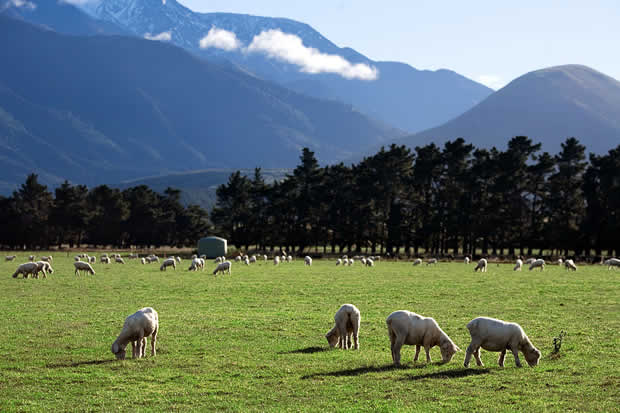It can be easy to vilify farmers. But no farmer sets out to create pollution, and the evidence suggests that many farmers are either already acting responsibly or that they are lifting their game.
In particular, dairy farmers are acting. With an estimated 90% of Fonterra’s waterways already fenced from livestock, action has being taken by the vast majority and increasing pressure is being put on the laggards to come into line. Sheep and beef farmers face a tougher challenge in the face of lower returns and steeper land.
Farmers have an economic self-interest in their sector of the economy being viewed as good corporate citizens. We believe that some of the most effective pressure to improve environmental practice will inevitably come from farmers themselves, not because all farmers are avid environmentalists – some are, some are not – but because they are all business people.
It is in the interest of any farmer to know if an environmental report has been made that affects their business:
If cattle break through a fence into a nearby creek, the faster the farmer or their neighbor hears about it, the better. The incident can now be resolved more quickly, with less resulting environmental damage.
A report of major slip damage for example, is something a nearby farmer could give a hand to clear as well.
There are significant advantages to more open and transparent communication of environmental incident reports.
The public (but moderated) nature of the My River pollution alerts gives an additional incentive for any incidents to be resolved quickly and efficiently.
Farmers can now apply the environmental blowtorch.
Peer pressure can be a force for good – now farmers can keep an eye on their neighbours and receive real-time alerts when a pollution report is made nearby.
ThunderMaps has teamed up with the Morgan Foundation to build software that helps farmers receive and respond to pollution reports – so that awareness is raised and any incidents can be fixed with haste.
To receive pollution reports:
Step 1: draw a fence around the outside of your farm boundary – start here.
Step 2: click the next button, finish your alert area and confirm your contact details.
To see a demo watch here
Where do reports come from?
When pollution reports are made, we are making sure that Regional Councils, businesses, farmers and the public can access these reports in their personal areas of interest via a technology called “geo-fencing”.
Councils have already been in contact and are using the reports to keep on top of their water quality.
Anyone can make reports for free – even the most well-meaning farmers, businesses and Councils can have incidents they are unaware of happening in their area – the more direct communication we can foster here, the better.
New Zealand farmers have lead the world in other technologies, and we hope that the adoption of pollution awareness software, will be just another innovation that gets added to the list.
Set up an alert area now [box] About the Author
About the Author
Clint Van Marrewijk is the CEO of ThunderMaps.
Many years ago, before developing ThunderMaps he was a dairy farm manager, he still holds an interest in dairy farms and hopes to one day work on dairy farms again.[/box]

